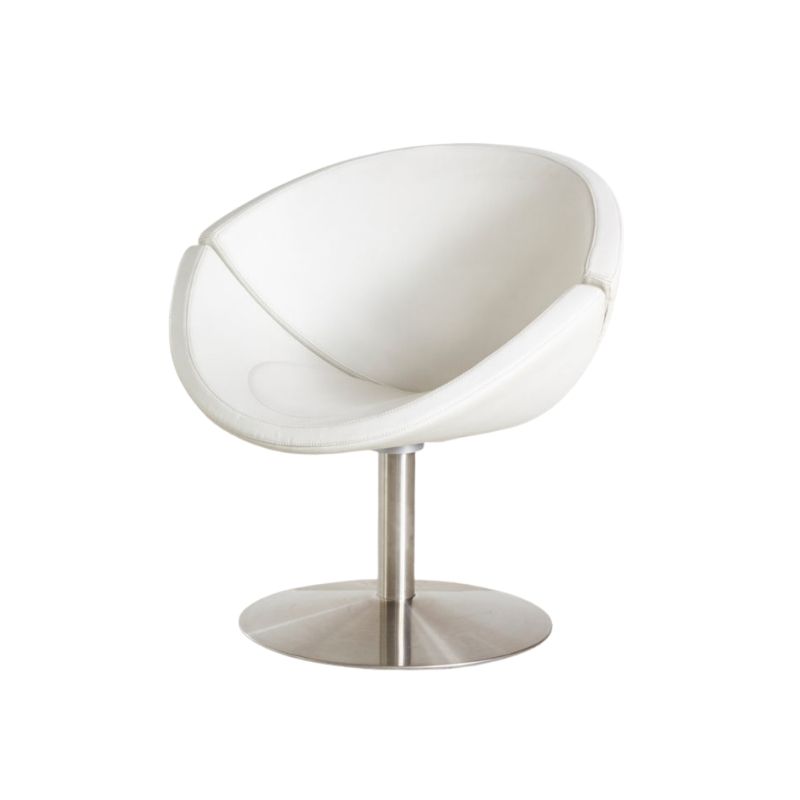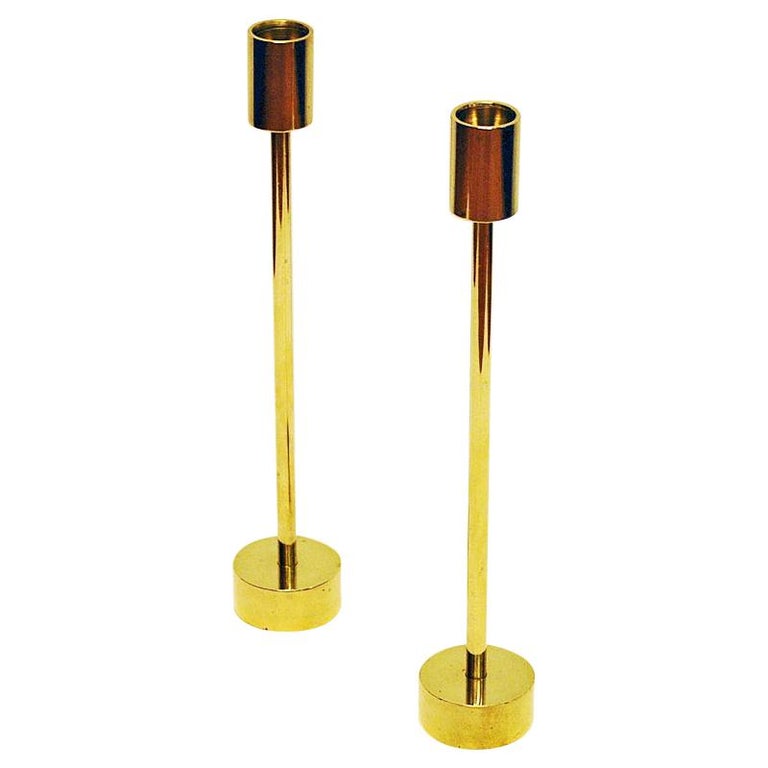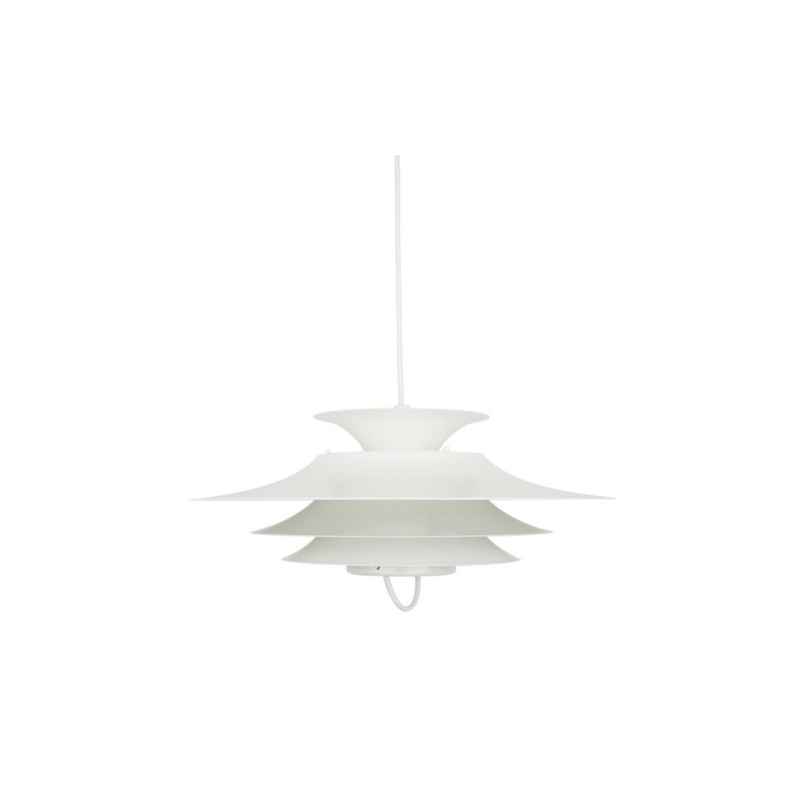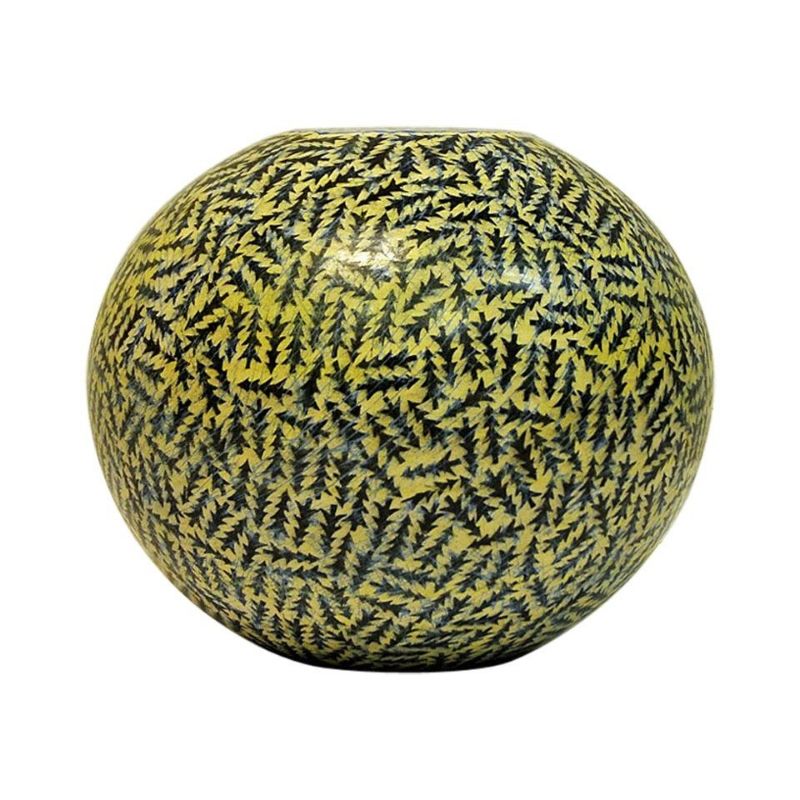I was thinking about this: is there a connection between LIFE and ART. Some people say that artists can only CREATE when they are really down/upset/unhappy. The thing is, that's the way I feel now but it stops me from creating coz I've completely run out of ideas. Led Zeppelin helps.. Artist in me is dead when things go wrong. Does anybody feel the same sometimes?
I knew
a horny old (gay) architect/boozer who said his sex drive left him completely only when in the throes of creative work. On the other hand, as a design student many centuries ago I had the easiest time of my college career, in terms of work output, during the only affair I experienced in those four years. . .
Does any of that apply to your question ?
ideology kills creativity...pt. 1
By this I mean any rigid system of thought that assumes both the question and the answer--any set of ideas that are impervious to the facts of reality. Ideologies scale from global isms across civilizations down to paralysing idiosyncratic patterns of thought in individuals.
prolific artists avoid becoming ideologues about their medium and their lives. like certain autistic persons, they can't stop letting the stimuli in and build patterns to order it. and because the stimuli keep changing, the patterns they build keep changing.
now, contending with the stimuli, i.e., finding a pattern to concretize it into something they can live with, is pleasant for some artists and painful for others. but i've never bought into the idea that its the pleasure or the pain that makes artists do what they do, or do it well or not. what makes them good and sometimes prolific is an acute, restless awareness of how much stimuli have changed from the last moment to this moment. they just have to get the new stimuli concretized, or they feel unreconciled. they can't even help their originality in this state. at most, they just self edit when they see themselves too blatantly borrowing another's patterns.
but keeping pace with changing stimuli is a taxing, stressful activity on a day in and day out basis, and just because one has the antennae for sensing it, and the talent for concretizing what one picks up, does not mean one has the stamina, or courage, or self-confidence to keep swimming into this current of new stimuli indefinitely, or even briefly.
ideology kills creativity...pt. 2
unfortunately, one of the best defenses against too much stimuli is ideology. because ideology is a tautology of thinking that needs nor wants the inconvenience of new facts or stimuli, becoming an ideologue is a great way to tune it all out without having to concretize. and when artists tune out the stimuli, then they have nothing to reconcile from the last moment to this one.
if you are in a low period, look truthfully in yourself and see if you have begun to think you have "figured it all out." you understand it. the mystery of it is gone. or conversely that you have begun to think it is hopeless to figure it out; that you can't figure it all out. acute hopelessness and acute lucidity are two sides of the same coin of the ideologically paralyzed realm, not just of manicy bipolar disorder.
work with your hands. do dishes. shovel dung. run a string trimmer on the back 40. hit a baseball. read history. talk with a child about what is important in life. go alone to a country where you don't speak the language.
find an activity other than drugs, or other addictions that will break the hold of the ideology that's crept up on you.
then pretty soon you won't be able to stop yourself again.
and if you don't start up, don't worry. there is no law that says you HAVE to be creative to have a happy and meaningful life.
life is just as interesting, if you are open to it, whether you are creating on it or not.
the earth would teem with as much life and interstellar space would be just as void, if humanity had never gotten the bug to create.
be authentic.
nice words ... nice advise.
I seem to create best when at the worst. (un?)fornutately that is not very often. The work ends up simple and unapologetic, yet deeper. The more I think, the more I lose inspiration sometimes. Does that happen to any one else? Simplicity sometimes make the deepest secret available.
White Spike, I used to use "simplicity" too...Pt. 1
But when I got around some hard scientists and read about some mathematicians and talked with them about their work I kept hearing the word "elegance." The word elegant in the sense of elegance of fit, i.e, just enough of everything connected in just the right way to achieve the desired process. I thought: gee, that's exactly how all great artifacts and performances look to me. Even some of the really complex renaissance sculptures where all the figures are hopelessly entangled with each other and with serpents, if you look carefully at them, taking anything away or adding anything would not make the composition work better and might make them work less well. I'm talking about masterpieces here, of course, but I think masterpieces were made by human beings, so lesser talents, or masters soon to be, can learn from them, too, without just aping them. I suspect in your case pain or unhappiness, or however you would characterize it, tends to focus you on getting to just the essential "it" of whatever you are doing faster than you otherwise might. Here's a tip. Don't be seduced by the idea that you need to make yourself more uncomfortable to create. Take the fact that you tend to be more elegant when you are in that state of mind as a goal of process you should strive for when you are in a more comfortable state. Its worth doing not just to become more prolific, but because there are a whole other set of sensations also worthy of creating from in a more happy state. Shakespeare wrote some tragedies and some comedies and some histories. What made him a virtuouso was his creative access to all these states of mind. Picasso I would characterize the same way.
White Spike, I used to use "simplicity" too...Pt. 2
I'm not saying these guys were ever permanently delighted. How could they have been in this world? What I am saying is that they found ways to create elegantly in all their moods and the breadth and briliance of their work was the better for it. The way I see it, discomfort comes often in enough in this life without encouraging it. You'll always have a good supply of it. Practice learning the process of elegant design in your other moods till you can do it 95% as well as when you are in discomfort; then you will be an empowered artist at the top of your game, whenever inspirations, or just jobs come along.
One last thing: don't for a second think I believe this is easy to do, or that I have mastered it myself. I am quite the frustrated artist, far more than you will ever be. Never succeeded at being a novelist, whereas you are already a practicing professional designer. But in my continuing quest to find a way that works for me, I have stumbled on a lot of wise persons and their thoughts about this sort of thing and I am being a conduit here more than anything else. Stella Adler and Lee Strasberg weren't great actors, but they were pretty darned good acting coaches, because they had accumulated a lot of insights about how to act in order to make up for their own limitations. Find yourself a Strasberg or an Adler every now and then. I wish I could be them for you, but as I always repeat here, I'm just a layman with a keen interest in design who is stimulated by the authenticity of working designers.
White Spike, I used to use "simplicity" too...Pt. 3
Hey, this gives me an idea: maybe there should be a "designers studio." not some degree granting school, or some avant garde firm, but a grimy little place somewhere in manhattan, or where have you, where a few wise old designers work the mental side of designers, teach a kind of sense memory thing to reconnect designers with their authentic feelings. a place where even great designers can go and just really let go and be really, really bad in front of teachers and fellow students. i recall the actors studio was full of young actors and old experienced ones that came back for tune ups.
maybe there's something like this already that i don't know of. but it sure sounds like it might be a good thing for designers. authenticity is so important to creativity and good work. i don't want it to be a cult that produces a bunch of clones. just a place where serious designers and would be designers can knock the callouses off their hearts and reconnect to the spark.
This paragraph
from a piece in today's "Home" section (SF Chronicle) by architect Arrol Gellner, on the power and meaning of the tryptich composition, contains an interesting analysis of what "works" for the human eye/mind (and ear/mind ?):
"What makes three-part compositions so effective? One answer may lie in the way we think. Our brains strive to find rational patterns in everything we experience, yet paradoxically, they also seem to get bored when things fall into place too easily. What the human mind really seems to crave -- and what may even constitute the very essence of beauty -- is a comprehensible pattern that contains unexpected variations. Three-part arrangements seem to furnish the ideal venue for this delicate balance. Visually, groups of three also provide just the right degree of complexity without losing clarity of composition."
While the triad-as-ideal-vehicle may be a trifle simplistic -- as a one-word answer to the question "how to compose" -- the phrase ". . .brains strive to find rational patterns. . .yet paradoxically, they also get bored when things fall into place too easily. . ." seems to echo something DCW was saying, above.
". . . [C]omprehensible pattern that contains unexpected variations. . ." goes a long way for me, to explaining the charms of Baroque music, among many other things -- including good architecture of any period. . .
These effects operate on an immediate level; as they are analyzed they become "cant" [or rant ?] but that alone doesn't negate their existence. For some, the conscious application of such devices will produce the desired result, while for others such devices are applied intuitively/unconsciously; who is to say which way of working, and/or the results obtained, is the better one ?
Threes are a proven, pleasing organic composition...Pt. 1
Why? Well, how else are you going to think rationally? In writing, its beginning, middle, end. In computer programming, its input, algorithm, output. In painting it may be triptych, or top third, middle third, bottom third, etc. In car design its the three box sedan. And so on.
But threes not only unfold temporally but interplay in the moment. In stories, there's the hero's and the villain's struggle for the heroine. There's the hero's struggle between those who think he can do it and those who think he can't. There's the id, ego and superego construct of innner character that has lost its legitimacy in psychology, but which still informs most story telling. And in painting there's the triangular arrangement of figures in a moment in space. And I'm sure designers could come up with a variety of interior design or architectural forms that composed in three parts.
And of course let's not forget that there's three dimensions that we and our artifacts tend to exist inside. These three dimensions are imho what makes composing works of art (be they literature, painting, or design) in motifs of three deeply resonant. they mythically and metaphorically and organically resonate with the three dimensions of our existence.
But if you study the various artistic media, you quickly notice that many artists operate in four, fives and perhaps higher, though I have to admit I am not smart enough to get much beyond fives in my experiencing of art.
Shakespeare is a good example of a fellow working in fives. Iambic pentameter verse. Five act structure. Often four characters framing a dynamic conflict around the heroic fifth character (though don't hold me to this last one since its been awhile since I read Bill's greatest hits).
Threes are a proven, pleasing organic composition...Pt. 2
Some guys work in fours. I suspect part of the reason Joseph Albers picked squares rather than triangles as the forms to work out his color studies is because he wanted to admit the three dimensions plus explictily call attention to a fourth dimension of color. Had he wanted to work with time and color, perhaps he would have worked in pentagons. No doubt other factors drove his choice of squares too...probably the total symmetry of squares allows the eye to more effortlessly perceive the interplay of color that he wanted to call our attention to.
Anyway, my point in all this rambling is that while three may be a predominant ordering number, ordering occurs at other numerical levels and the key to what makes this ordering resonant and appealing has to do with the degree to which the artist elegantly pursues this ordering at every level and interconnection of the work.
Where contradiction, or counter point comes in is in adding spice aka just enough of the unexpected to produce delight and prevent the boredom of absolute continuity. Marilyn Monroes face is an easy example. Fine bone structure and windows saved from being just another looker by the light within and the imperfection of the mole.
Just plain good surprises in melody are extremely pleasing, but they have to be couched in a truly well integrated harmonic structure to have a heightened effect.
One of my favorite effects in a modernist interior is when something outrageously mundane if elegantly fitted in. I don't know why I like it so much but surprise and accessibility have something to do with it.
All for now.
Sorry if
I got us off on a tangent from the original question.
Because artists suffer (doesn't everybody ?) doesn't mean that suffering and art are co-dependent, or necessarily interrelated -- does it ? Van Gogh killed himself; does it follow that he wouldn't have been a genius otherwise ?
The one thing I can think of that connects the two, might be that society doesn't always reward creativity (it's such an intangible, don't you know), and poverty and suffering might be demonstrably linked.
Does suffering lead to creativity ? I can't think how it would -- but anecdotal evidence is as interesting as any other kind, so let's hear what others have to say on the matter. . .
If you need any help, please contact us at – info@designaddict.com









